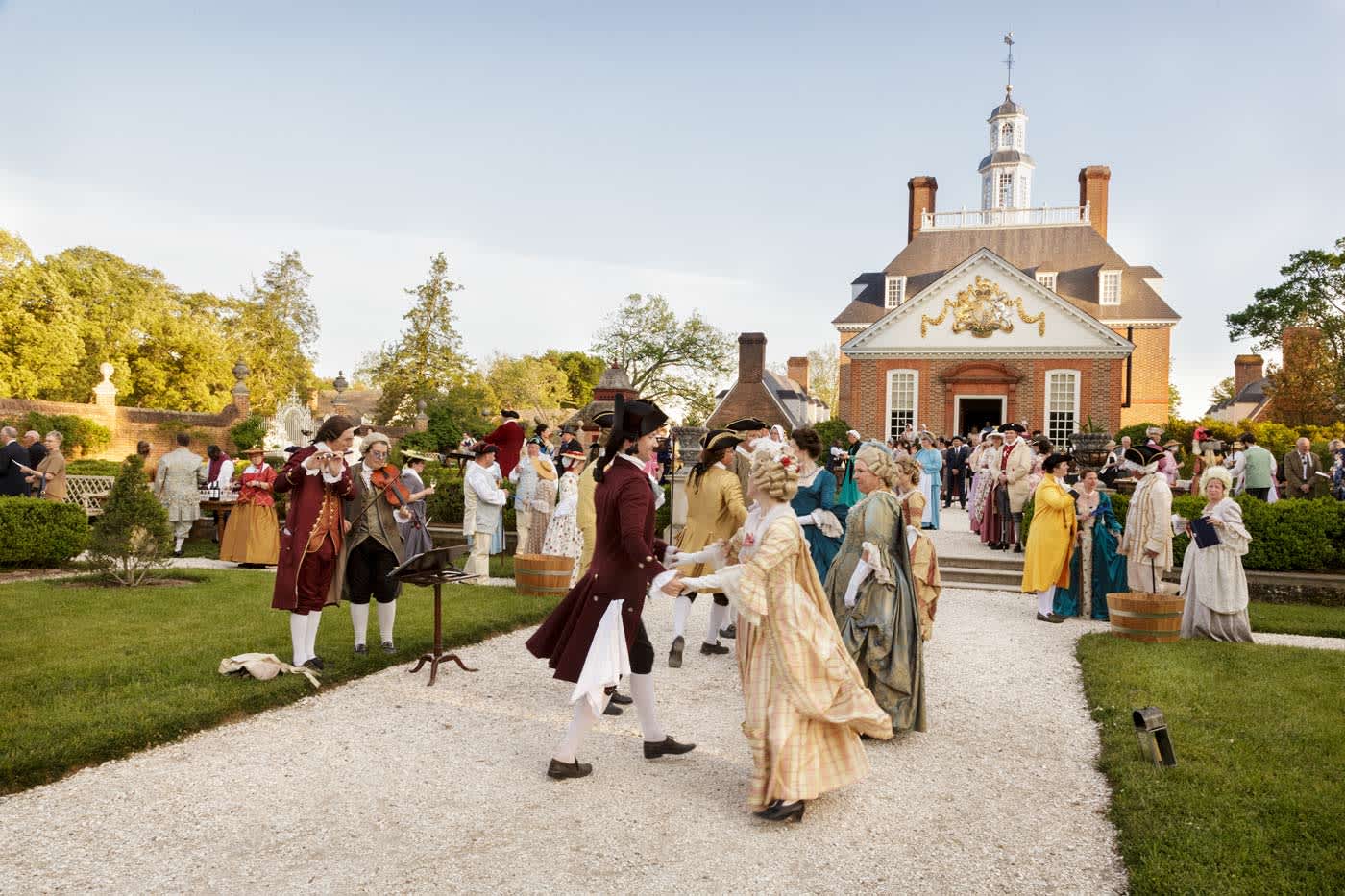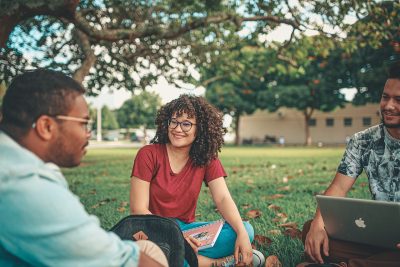Coastal Virginia is the birthplace of our nation, home to where the settlers of what was to become the first permanent English settlement set foot on the new continent. Pair this with some of the nations best and oldest universities, the world’s largest naval base, and museums that actively reach out to encourage and impassion students in their fields, and you have a recipe for success. Any STEM trip worth its salt should keep Coastal Virginia in its consideration.
Museums & Zoos
Serving as the welcome center for both NASA’s Langley Research Center and Langley Air Force Base, the Virginia Air and Space Center is a great educational destination. It holds multiple interactive exhibits that span the course of 100 years of flight including more than 30 historic aircraft. Have your group lead by one of the many highly knowledgeable docent around the center or for younger groups take part in an education scavenger hunt. For more traditional approach, take part in one of the centers programs that explain concepts of aerodynamics and flight together with mathematics and physics. A visit to the birthplace of America’s space program is one worth taking.
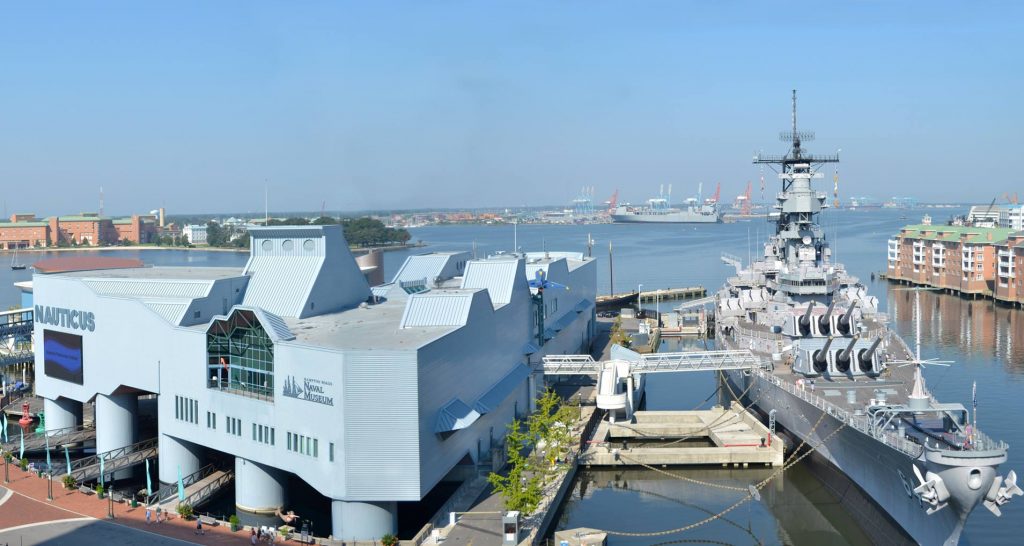
Nauticus Museum, Credit Nauticus
Many aquariums offer a chance to get an up close and personal with the deadly, friendly, or downright strange creatures of the deep blue sea, but none can boast the same opportunities the Virginia Aquarium and Marine Science Center can. Kids can meet a shark or greet a sea turtle on the same day as they take a boat ride out on one of the Centers many ocean adventures. These ocean adventures, such as “Dolphin Discovery” and “Ocean Collections” are chock-full of science and give hands-on learning experience to students of all ages. With over 300 species of animals and even a zipline “Adventure Park”, the Virginia Aquarium is a full day of fun.
Kids learn better when they enjoy what they’re learning, everyone knows this, and what do kids love more than battleships and the sea. The Nauticus Museum is the place to see both with its coastal location allowing it to harbor the USS Wisconsin, the largest and last battleship ever built. See the inside of this massive floating technological marvel and learn how it and other nautical vessels operate. The Museum is not shy of its connections to STEM, aside from its various STEM summer camps, it also host to a “Women in STEM Day” filled with professionals in the STEM field and activities for kids to talk to and take part in.
Universities & Academia
As one of the largest universities in Virginia with over 24,000 students and over a hundred different graduate and undergraduate programs to explore any school group would be amiss to not give Old Dominion University a visit. Every university has a campus tour, but few have something anything like Old Dominion’s First Fridays. During these innovative events, prospective students can take a tour of the school’s School of Engineering and Technology, Science and Health Sciences research labs and meet with current students. The school also offers a number of summer camp option all about STEM. Groups can sign up for camps that teach robotics, 3D Modeling and even Unity Game Development.
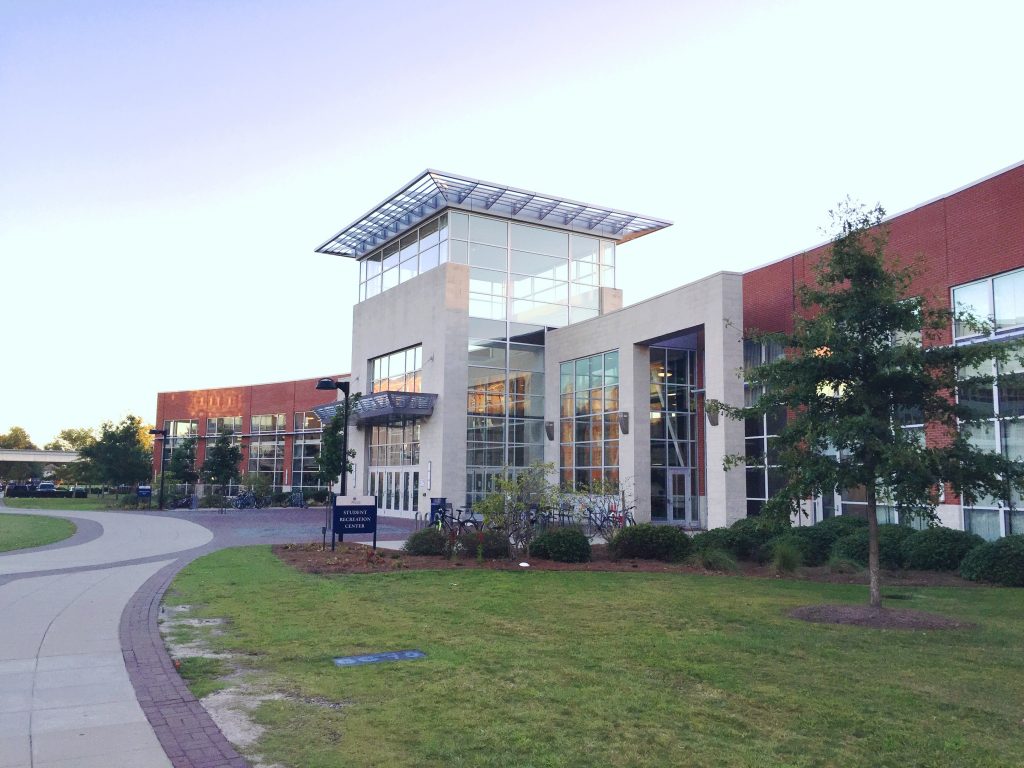
Old Dominion University, Credit Cmett003
Industry & Technology
When not busy trying to understand the detailed and structured nature of the atom, the Thomas Jefferson National Accelerator Facility is a resource to local and regional educational programs. At least once a month it opens its doors for its Physics Fest, where students can watch a physics presentation and take part in educational experiments involving liquid nitrogen, static electricity and plasmas. For grades fifth and sixth, its “BEAMS, Becoming Enthusiastic About Math and Science” might be of interest. Through BEAMS, students can visit the lab and take part in a number of hands-on activities that aim to counteract the problem of at-risk students losing interest in STEM.
Nature/Outdoor Activities
There are a few ways to get a glimpse into the history of a nation, you could read a book, watch a documentary, even visit a museum, but none of these options immerse someone so entirely into the great yesteryears quite like Colonial Williamsburg, an outdoor living museum. Walk the fully transformed town exactly as it might have been hundreds of years ago with authentic costumes and knowledgeable actors to answer all your studentsburning questions. Visit the shops of real craftsmen and blacksmiths that can teach your students just how things were made in an age before electricity. Students can explore the town or take part in one of its many tours like “18th Century Daily Life” that will take them through the work, play, and everyday life of the colonial people. With numerous events and reenactments happening all the time, Colonial Williamsburg is truly where history comes alive.
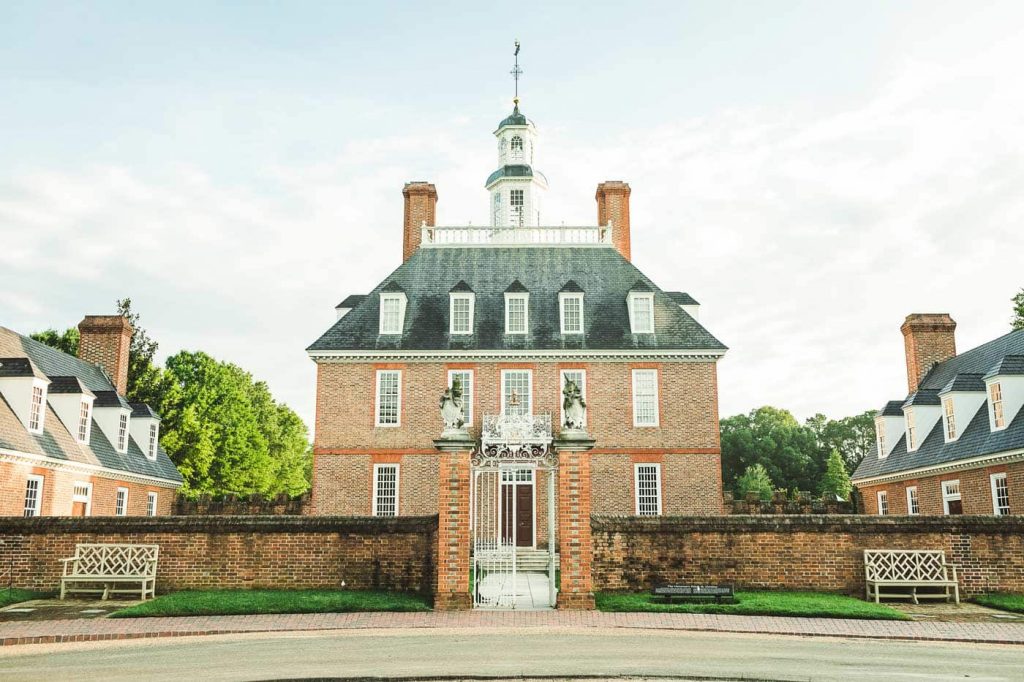
Credit Colonial Williamsburg
Come visit the recreation of the nations first permanent English settlement, Jamestown, and you and your group won’t soon forget it. While history is at the forefront of this outdoor, living museum destination, STEM is definitely in the air. Climb aboard one of three recreations of the ships that brought the first settlers of the town to America and use math and physics to determine your ships location and direction heading. Participate in the settlements “Dig Deeper” programs that offer the same critical thinking and problem-solving found in any STEM field. Finally, the settlement offers expansive exhibits and an introductory film showcases the first two decades of the colony to provide a diverse experience.
Science and history become one at the First Landing State Park. Marking the land where the first settlers of the Virginia Company (who would go on to found Jamestown) landed after reaching America, the park is filled with opportunities to learn and engage in STEM activities. The park has on-request lessons on environmental sciences that groups can work with the park to mold around current classroom lessons. First Landing State Park also participates in “Virginia State Parks: Your Backyard Classroom,” a curriculum guide of workshops that can be set-up at the park and include lessons like “Wetland Walks,” which teaches about natural organization of wetlands, and “Telling Tides” which has students learn about tidal patterns and their effects.
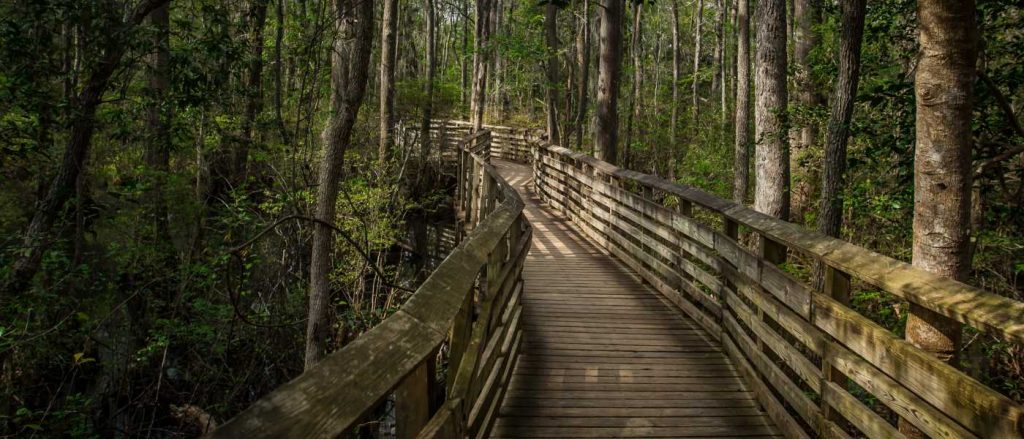
First Landing State Park, Credit Visit Virginia Beach

